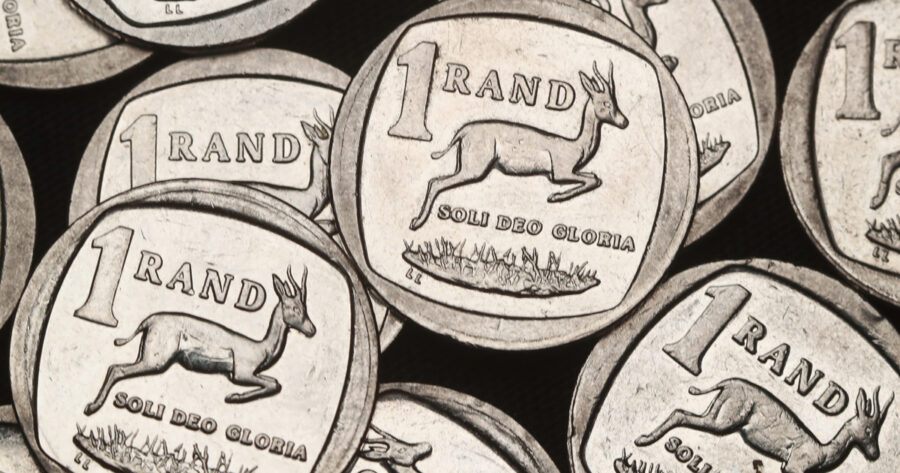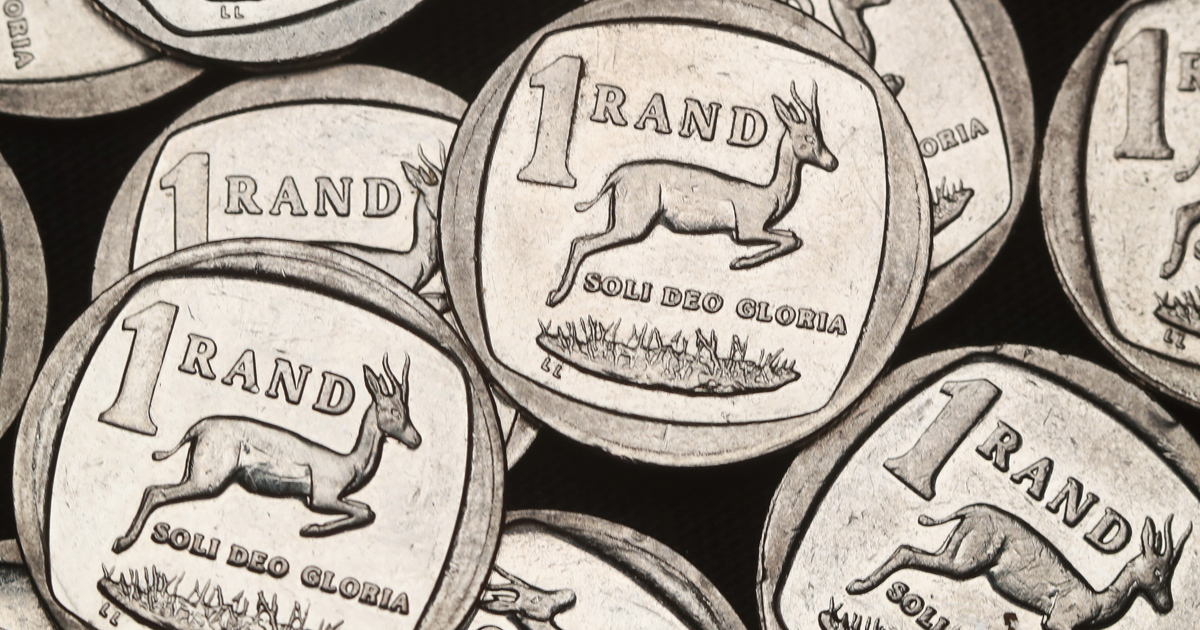
South African Rand is Surprise Winner Among Emerging Market Currencies
LONDON (Reuters) – The rand has emerged as an unlikely winner among emerging market currencies since the COVID-19 pandemic swept the globe, despite South Africa’s unfortunately high levels of debt and unemployment. U.S. sanctions have rumbled Russian bond markets, Turkish assets have been hit by monetary policy concerns and other big developing countries such as […]

LONDON (Reuters) – The rand has emerged as an unlikely winner among emerging market currencies since the COVID-19 pandemic swept the globe, despite South Africa’s unfortunately high levels of debt and unemployment.
U.S. sanctions have rumbled Russian bond markets, Turkish assets have been hit by monetary policy concerns and other big developing countries such as India and Brazil have taken a hard hit from the coronavirus crisis.
“The rand has been trading very, very well, like a safe haven almost, within the high-yield part of the index,” James Lord, global head of FXEM strategy at Morgan Stanley, said.
The South African currency has strengthened 2.4% this year and soared some 30% over the past 12 months, while an index of emerging market currencies is down around 2%.
And rand-denominated government bonds have delivered handsome returns despite this year’s hefty rise in U.S. Treasury yields, which roiled other emerging markets.
South Africa offers some of the highest real yields in major emerging markets, with 10-year government bonds yielding just over 9% with inflation at 3.2% year-on-year.
“Russia and Turkey obviously have huge amounts of domestic risk … and people are a little bit hesitant to get too involved in these markets, which leaves South Africa as the default option if you want to invest in a big, liquid market that has yield,” Lord added.
Morgan Stanley calculations show that South African bonds grew to 1.8% overweight – the largest in the index – by the end of March. Lord says this trend has accelerated again in the first two weeks of April.
Commodity price gains have bolstered South Africa’s case, said Manik Narain at UBS, who points to metal fuelled export growth being up 20% year-on-year in February. That has lifted the country’s trade surplus to 6% of GDP, its highest in more than three decades.
South Africa now appears to be a far cry from its time among the so-called Fragile Five, a group of countries roiled by the 2013 taper tantrum due to their reliance on foreign capital to plug funding deficits.
Meanwhile stocks have given bonds a run for their money. The MSCI South Africa is up 15% this year, in dollar terms one of the best performing in the emerging world.
But SA – which is Africa’s most industrialised economy – still faces challenges, with the government trying to rein in public sector salaries to arrest a rapid debt build-up exacerbated by the pandemic.
And one of South Africa’s largest public sector trade unions is preparing for a strike over stalled wage talks.
“Further progress on the public sector wage bill is key,” said Narain, adding the fiscal arithmetic raised more flags with trend growth of 5-6% below effective funding rates of 7.5%.
And some analysts expecting commodity price gains to slow or even decline in the second half of the year.
JPMorgan’s Sonja Keller predicts the economy might grow just 0.4% in the first quarter, and that the rand could soften to 16 to the dollar in the forth quarter, from currently 14.32.
“They have been dealing with the pandemic reasonably well recently which is great but there is implementation risk on the fiscal side,” Morgan Stanley’s Lord said, adding: “Can they deliver on their targets of consolidating the budget?”
By Karin Strohecker, Editing by Alexander Smith
